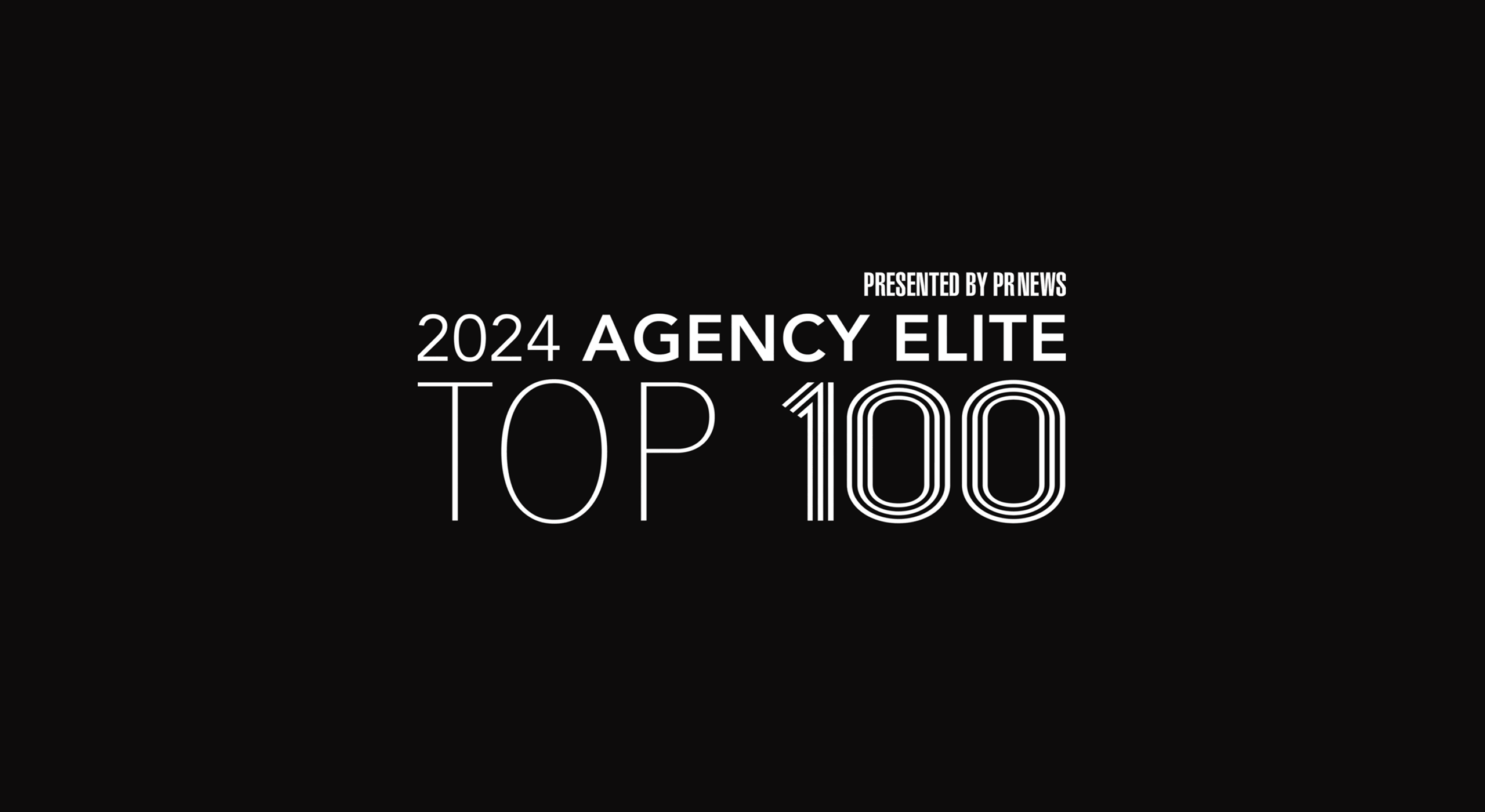
Brand Domination
By: Andrea Trapani
This article examining the demise of social networking site Pownce got me to thinking about brand survival. Is it necessarily true that, in the world of corporate competition, it is “survival of the fittest?”
Oddly, Pownce demonstrates that, sadly, the answer is no. Unfortunately, it’s not always the best companies that thrive, or the best products that survive. Consider Betamax, as the most oft-cited example. The one-time competitor to the VHS format of video tape was far superior in quality and technology. Yet, VHS survived, while Beta died out. You had the same thing happen between Blu-Ray and HD-DVD. Or think about Apple Computers (now Apple Inc.). Apple invented the user experience when it came to personal computing. Apple computers were in many ways superior to their PC counterparts in the late 80s, especially when it came to ease of use. Yet, by the early 90s, PCs (led by Microsoft, who stole much of the Macintosh model) were flourishing, while Macintosh computers were going the way of the dodo. (Since revived, obviously.)
Now, Pownce is gone, and Twitter is exploding. Many technophiles will actually tell you that Pownce had the better product, offering more robust features (e.g., file sharing), and operated on a more reliable system. (Twitter goes down about twice a month.) Yet Twitter forges ahead, and Pownce gets acquired and discontinued.
So what are the rules in this Darwinian game of survival? Most often, it’s how quickly, how widely and how successfully you bring a brand to market. Aggressive branding and marketing can help a product or company “own” a space, even without the superior product or service. Someone has to be the leader, and the others are perceived as followers. You need to get there faster, better and more loudly than the competition, or you become the competition.
And, in the worst-case scenario, you get pownced right out of existence.


